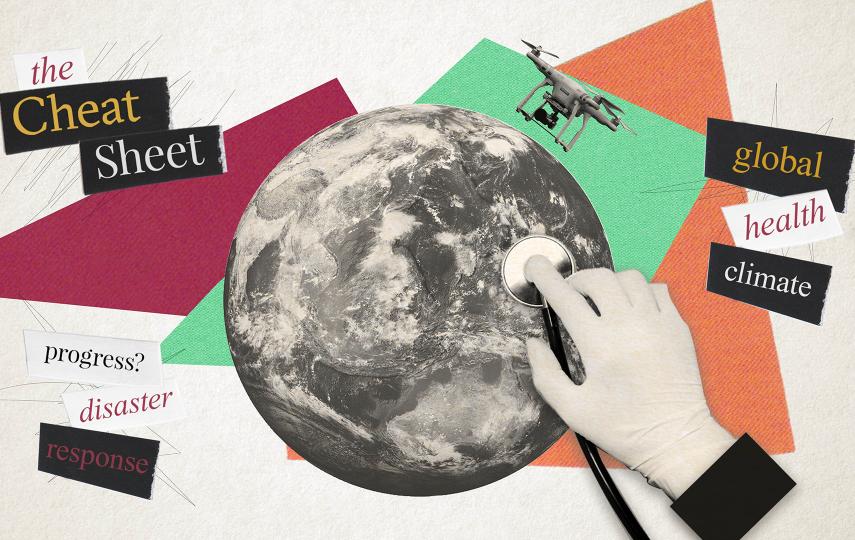From one million reported malaria cases in 2006, health workers reported only 275,000 cases for a 12-million population in 2008.
“The [rapid] tests have helped us to see the disease more clearly,” said PNLP deputy director Mame Birame Diouf. According to PNLP, about one million tests are administered every year, of which Diouf said 44 percent showed positive results – leaving open the possibility of a 56-percent rate of misdiagnoses pre-RDT.
While malaria accounted for more than one-third of all infections reported in Senegal in 2006, this fell to 5 percent in 2008, according to PNLP.
Countries that have widely adopted malaria RDTs include India, Laos, Cambodia, Philippines, Indonesia, Ethiopia, Uganda, Tanzania, Zambia, Madagascar, Senegal, Togo, Liberia, Angola, according to the non-profit Foundation for Innovative Diagnostics (FIND).
But malaria programme officer Diouf said while RDTs have helped improve the outlook for malaria in Senegal, several other factors have contributed to the drop, including cultural awareness. “There is no one solution to fight malaria. We need to take into account the economic, social and cultural reality in each village.”
He said if the only health worker available to test pregnant women is male, then women in more conservative religious areas will not seek care from male health workers and would not get the treatment used to help prevent placental malaria, sulfadoxine-pyrimethamine.
Pregnant women and under-five children are most vulnerable to malaria infections because of their lowered immunity.
“Usage rates [of sulfadoxine-pyrimethamine] may not be a problem in modern cities, like [capital] Dakar, but other areas show weaker use, caused in part by cultural barriers,” Diouf told IRIN.
By recruiting female health workers to work with pregnant women in such areas, he said communities have been able to increase the number of women receiving prenatal anti-malarial protection.
In 2008, 65 percent of pregnant women received anti-malarial treatment, according to PNLP.
pt/aj
This article was produced by IRIN News while it was part of the United Nations Office for the Coordination of Humanitarian Affairs. Please send queries on copyright or liability to the UN. For more information: https://shop.un.org/rights-permissions
![Seuls neuf des 16 centres CDV de la province nord-orientale fonctionnent [Lesotho] Volunteers use rapid test kits for the Know Your Status campaign. [Date picture taken: 10/13/2006]](https://assets.thenewhumanitarian.org/s3fs-public/images/200610204.jpg)




